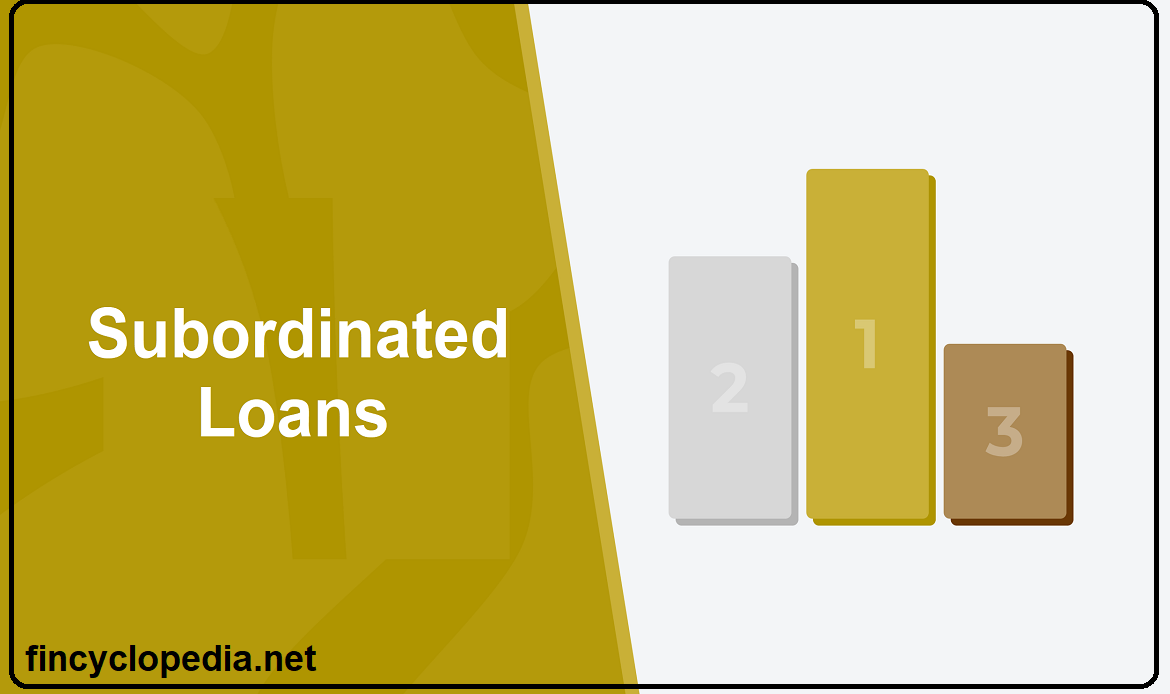A preferred stock that is not convertible, or exchangeable for, common equity (common stock), or other security, of the issuer. It is the most basic type of preferred stock, as it only has the basic features of such a stock: a fixed, cumulative dividend, as well as a senior liquidation preference.
It is a “non-convertible preferred stock” and a “non-participating preferred stock” because it is not convertible into common stock, and it also does not entitle the its holder to participate in residual interest- any proceeds that may arise in excess of the senior liquidation preference rights upon liquidation of the issuer.
Given these features, a straight preferred stock is equivalent to a debt security (i.e., a bond).
An example of straight preferred stock is a $30 par preferred stock that pays a set annual dividend of $1.5 (i.e., 5% of its par value).






